Depth of Feel
If these walls could talk.
Imagine walking into a luxurious hotel room with sleek leather and velvet furniture, a mod multi-faceted light fixture casting a soft glow over the space, and gorgeous warm wood accents on the walls. Sounds great, right?
But in this instance, we’re not here to enjoy the plush bed or the beautiful downtown view. We’re here for the flooring. Specifically, we’re here for the story behind the fibre that made the flooring.
Dan Banko, our creative director, is photographing the hotel room, and he’s set up his shot to tell the story of the floor.
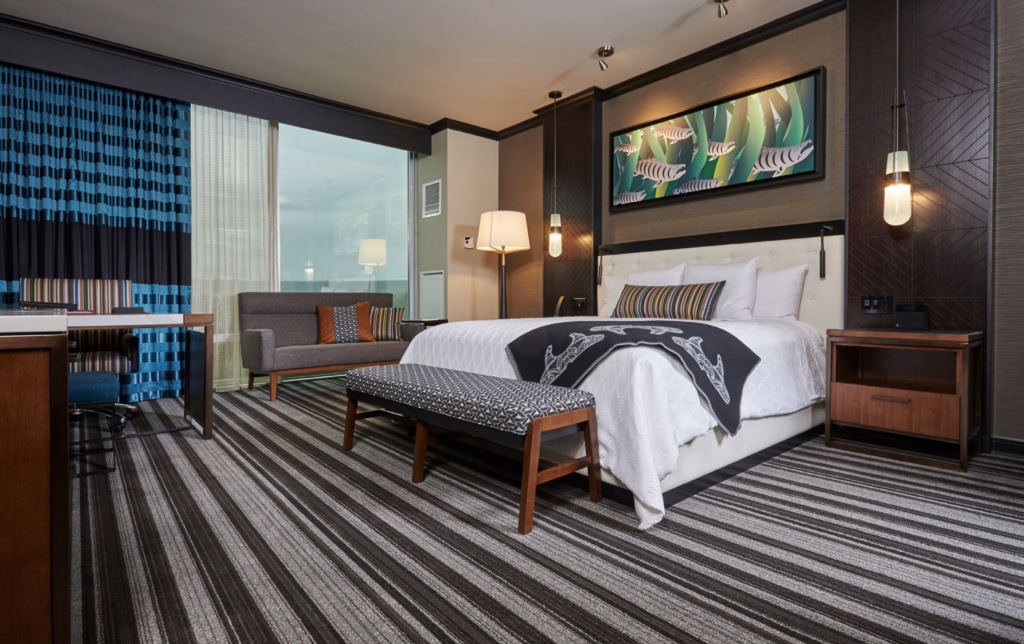
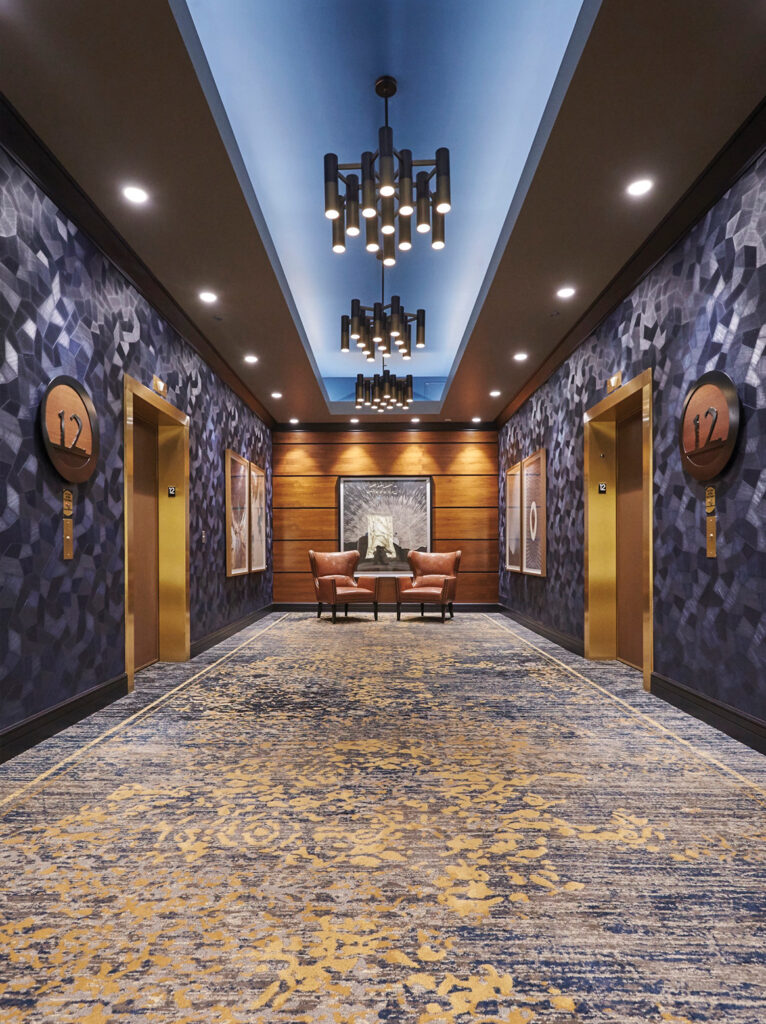
“Every interior shoot is different,” says Dan. “For this assignment the goal isn’t to showcase the entire room because we aren’t working for the hotel property. We have to show the context of the room, but our clients want us to focus as close up as possible on the individual fibres in the flooring. Everything in the hotel is meant to convey this visual, tactile, sensual experience. They want to tie themselves to the luxury of the hotel brand without identifying the hotel itself. The way we shoot the carpet and the carpet fibre to reflect that. That’s the key to this story.”
Because everything has a story. Buildings, hotel rooms, furnishing and flooring, too.
Telling stories through images is a skill that we’ve honed over the years. Our first hotel assignment took place back in 2004, and since then, we’ve photographed hundreds of spaces, from showrooms and hotels to libraries, labs, hospitals, schools, warehouses, and homes. Each project is unique, and we work closely with our clients to understand their brand, their audience, and the story they want to tell.
“We create images
that bring our clients’
stories to life.”
DANIEL BANKO,
BANKO CREATIVE STUDIO
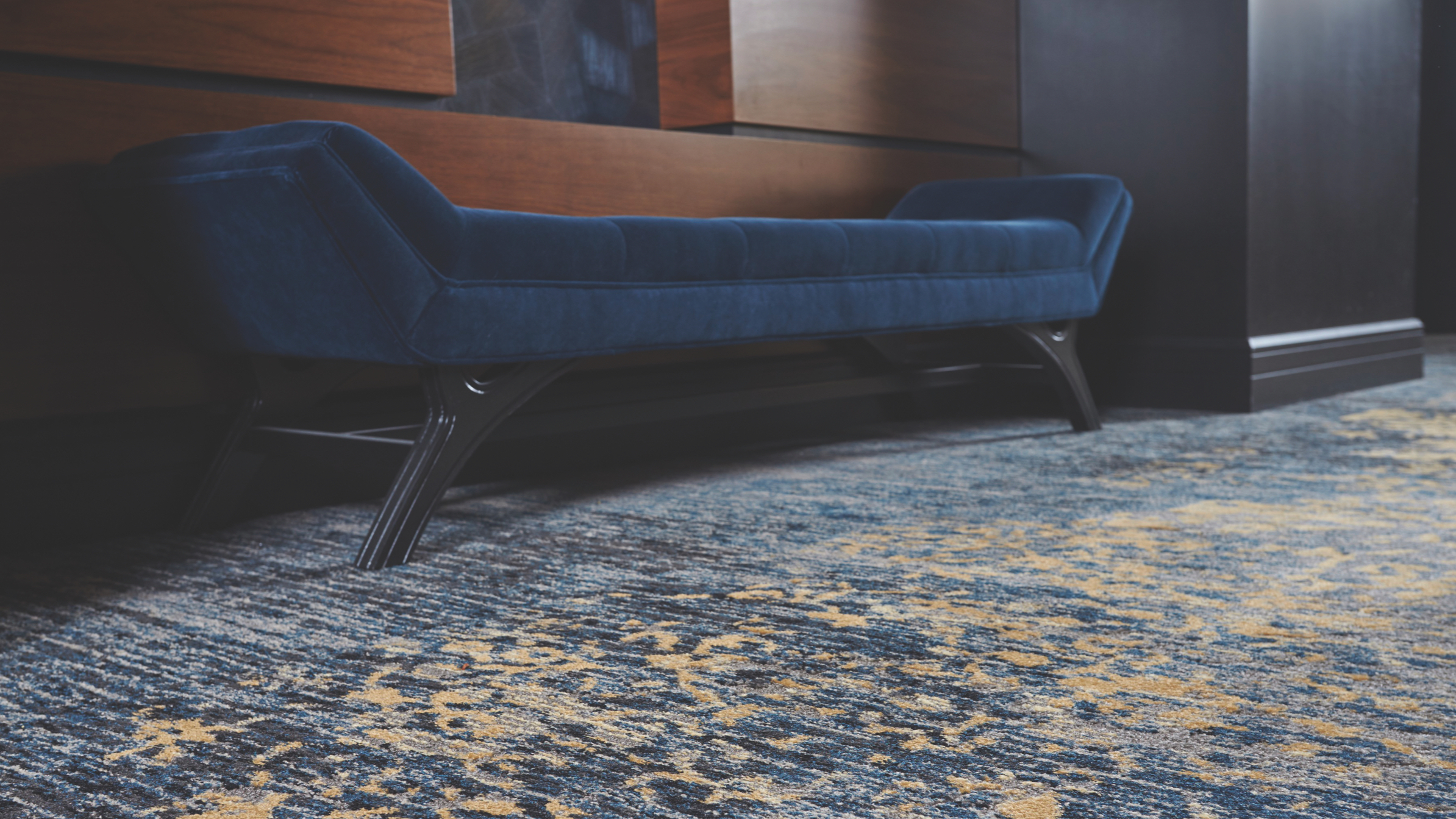
It’s all about the brand.
At the heart of every project is our client’s brand. Flooring manufacturer Mohawk Group prefers their interiors to look unstaged and unplanned. While staging does happen—nobody wants garbage cans or clutter lying around—we work to create a natural look with lighting and emphasize the flooring.
The image feels a bit magical.
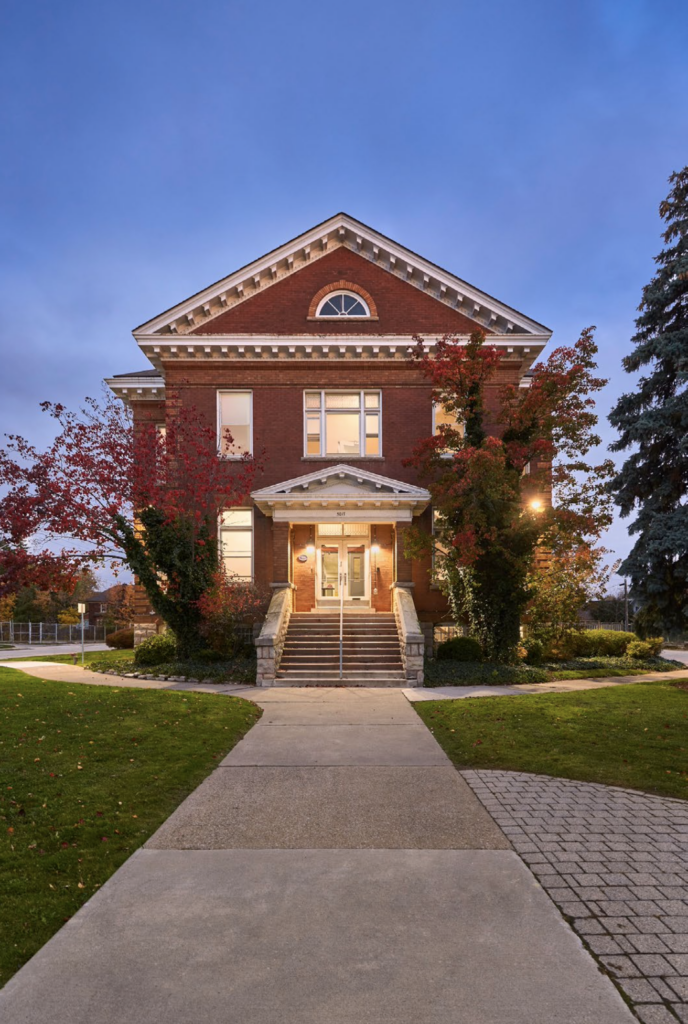
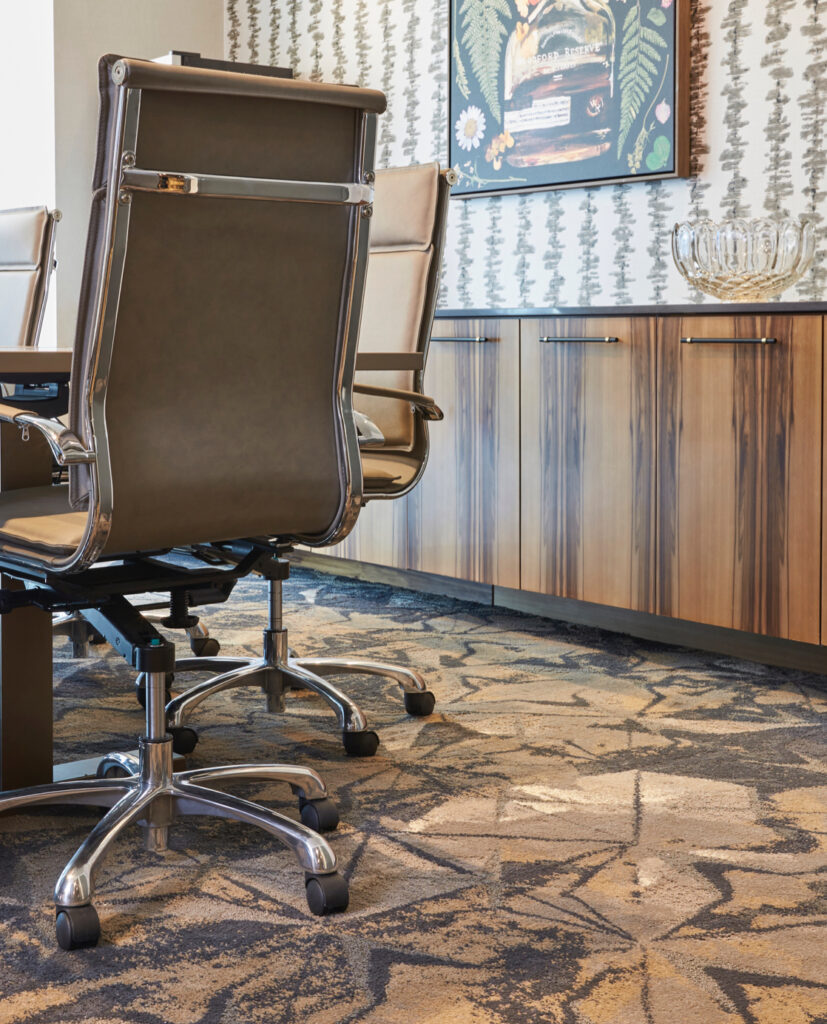
In contrast, Hyatt Hotels prefers everything to be very controlled. Their images tell the story of your room, the entire room, the experience you can expect at their properties, and it’s going to look perfect every time.
We work closely with our clients to understand their vision and create images that reflect their brand. But it’s not just about the visuals. We also need to understand our client’s audience and how they interpret architecture and design. Architecture, like any other art form, is open to interpretation.
“The architect or designer may have all these great ideas and themes around why they did anything, but, the people who are using and looking at these spaces are going to bring their own perspective to that narrative,” says Dan. The thing about storytelling is your audience is part of the story. Understanding who we’re talking to helps us make sure the message comes through loud and clear.
Finally, we get to the story itself. The why. Why does this matter? What is your message? We dive deep into the concept behind the design and determine the message the images need to convey. Whether we’re focusing on the flooring, the furniture, or the mood, we work with our clients to determine the story they want to tell and then create images that bring that story to life.
Architects and designers think carefully about the experience they want to create, and we do the same with our photography. We use our images to bring people into the environment and experience the space for themselves.
“How does the niche that you want to work in as an architect or a designer fit the storytelling arc of the built environment that you’ve designed? How does that then translate visually so that other clients will say, ‘Okay, I’m getting what you’ve done here. I want you to tell my version of the story,’” explains Dan. “That’s what we bring to architectural photography.”

When we photographed integrated design firm mcCallumSather’s transformation of a former library into low-income housing, we focused on the story of home. Sandra Mulder, another of our photographers, set up her camera at dawn.
The sky was a vibrant deep blue, a hint of daylight illuminated the beautiful old brick, and the interior lights created an inviting glow.
What story did this photo tell?
“The image feels a bit magical,” Sandra shares. “The house is quite old and has Victorian features, and when the lights are on, it looks warm and cozy. It feels homey, unlike other low-income housing that can sometimes feel like basic boxes. Walking up the stairs to this house would make you feel right at home.”
That’s a heart-warming story that helps mcCallumSather connect with people.
For Sandra, the storytelling approach is about helping our clients stand out. “If I can create an image with a unique perspective or an element of surprise, that makes the subject more intriguing and interesting. Maybe it makes the viewer think twice or do a double take. I want to set myself and our photography apart to tell a story in a different way.”
That sets our clients apart and helps them get noticed.